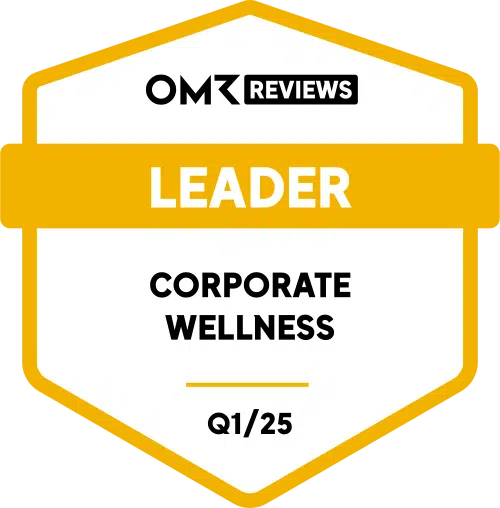The health rate is a vital business metric that measures the proportion of working time completed by employees relative to the total scheduled working hours over a specific period. This metric provides organizations with critical insights into employee well-being, the effectiveness of corporate fitness programs and the impact of workplace health initiative.
How Is the Health Rate Calculated?
To calculate the health rate, the following formula is used:
Health rate = “((Number of scheduled working days – Number of sick days) / Number of scheduled working days) * 100”
For example, if an employee is scheduled to work 20 days in a month but takes two sick days, the health rate is calculated as:
Health Rate = ((20 – 2) / 20) * 100 = 90%
This metric expresses the proportion of sick days as a percentage of total working days, helping organizations assess workforce health and productivity.
Why Is the Health Rate Important?
A high health rate reflects a workforce with lower absenteeism which is often linked to:
- Positive workplace well-being
- Lower stress levels
- Effective health programs
Conversely, a low health rate could indicate underlying issues such as high stress, inadequate workplace health measures, or broader employee health concerns.
The health rate allows organizations to identify patterns, evaluate the impact of health programs, and refine strategies to enhance overall well-being and productivity.
Did you know? Companies with wellness programs and employee fitness challenges report a 25% reduction in sick leave and a 32% boost in employee morale, demonstrating the tangible benefits of investing in workplace health initiatives.
Actionable Strategies to Improve the Health Rate
Organizations can adopt the following measures to positively impact the health rate:
Workplace Health Initiatives:
Programs such as ergonomic workstations, fitness challenges, and stress management workshops promote physical and mental health.Flexible Work Schedules:
Adjusting work hours to suit employees’ needs can improve work-life balance and reduce stress.Invest in Ergonomics: Enhance office setups to reduce physical strain and support long-term health.
Open Communication:
Regular conversations between employees and managers can uncover issues early and lead to effective solutions.Return-to-Work Interview:
Structured discussions following extended absences can help reintegrate employees and address the root causes of sick leave.
The health rate is a key metric for employee well-being, and at Teamfit, we help improve it through corporate fitness challenges that promote physical activity and reduce absenteeism. Our challenges engage employees, enhance team spirit, and foster a healthier, more productive workforce.
The Bottom Line
The health rate serves as a critical indicator of employee well-being and organizational effectiveness. Start transforming your workplace today by implementing targeted wellness strategies and tracking their impact on this vital metric. By prioritizing workplace wellness and continuously monitoring health rate data, businesses can reduce absenteeism, enhance employee satisfaction, and drive sustained productivity. In the quest for operational excellence, fostering a healthy and engaged workforce is not just beneficial—it’s essential.
Summary
The health rate is a business metric that measures the proportion of scheduled working time completed by employees relative to the total working hours within a specific period. It provides insights into employee well-being, the effectiveness of corporate wellness programs, and the impact of workplace health initiatives.
The health rate is calculated using the following formula:
Health rate = ((Number of scheduled working days – Number of sick days) / Number of scheduled working days) * 100
This formula expresses the extent of sick leave as a percentage of total possible working hours.
Teamfit helps improve the health rate by offering corporate fitness challenges that promote physical activity, reduce absenteeism, and foster team spirit. These challenges engage employees, enhance their well-being, and contribute to a healthier and more productive workforce.
Engaged employees are more likely to participate in wellness initiatives, such as fitness challenges. This active participation improves overall employee well-being and boosts the health rate, creating a positive work culture.
Sources
- Althoff, V., Froebel, S., Klaesberg, S., Tinnefeld, S., & de Wall, D. (2023). BEM von A – Z: ein Praxishandbuch (5. Auflage). Münster: Rieder.




